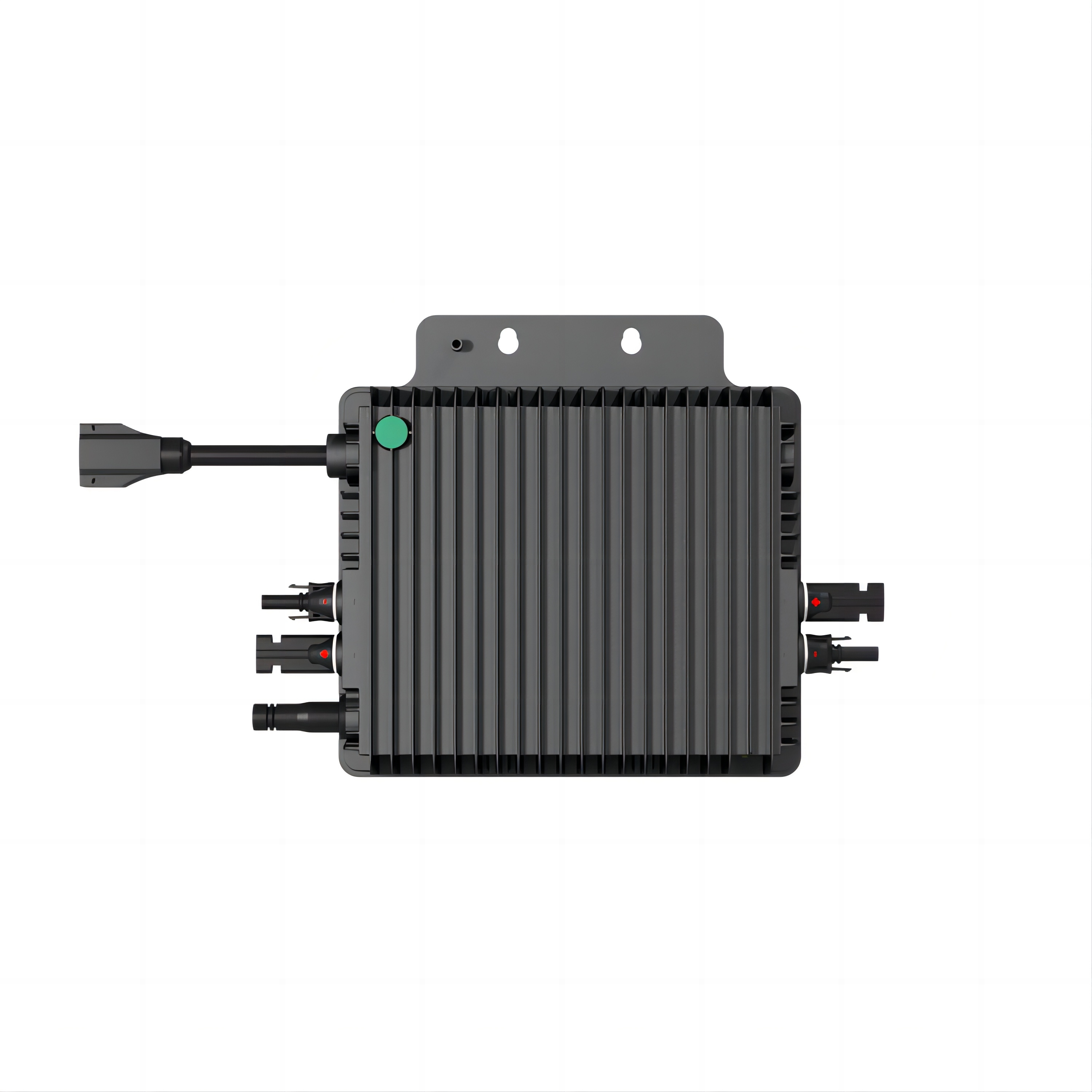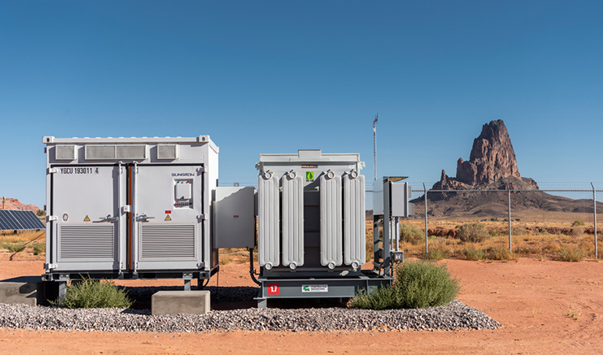When it comes to installing a solar power system, one of the key decisions involves choosing the right type of inverter. Inverters play a crucial role in converting the direct current (DC) electricity generated by solar panels into alternating current (AC) electricity used in homes and businesses. There are two main types of inverters used in solar systems: microinverters and central inverters. Each has its benefits and drawbacks, and understanding their differences is essential to making an informed decision.
In this article, we will explore the advantages and disadvantages of microinverters and central inverters, comparing factors such as efficiency, cost, system size, and reliability. By the end, you’ll have a clearer understanding of which inverter is best suited for your solar system.
What Are Microinverters?

Microinverters are small, compact inverters installed directly on each individual solar panel in a solar power system. Unlike traditional inverters, which convert the DC power from an entire array of panels, microinverters handle each panel separately.
Advantages of Microinverters:
Panel-Level Monitoring: Microinverters allow for panel-level monitoring, meaning you can track the performance of each individual solar panel. This can be particularly useful if some panels are shaded or have obstructions, as their performance can be monitored and addressed independently.
Improved Performance in Shaded Areas: Since each panel operates independently, shading on one panel won’t affect the performance of the others. This makes microinverters a great choice for locations where partial shading is a concern, ensuring the overall system performs optimally.
Scalability: Microinverters offer great flexibility in system expansion. You can add more panels to your system without worrying about compatibility issues, as each panel has its own inverter.
Increased Reliability: Microinverters are designed to work independently, so if one fails, only the affected panel will be impacted. This can lead to fewer system-wide issues compared to central inverters, which can affect the entire array if they malfunction.
Better for Residential Installations: Microinverters are ideal for residential solar systems because they are compact and easy to install. The distributed design also makes maintenance more straightforward.
Disadvantages of Microinverters:
Higher Initial Cost: The main downside to microinverters is their higher upfront cost. Since each solar panel requires its own inverter, the overall cost of the system can be significantly more than a system that uses a central inverter.
More Components to Maintain: With each panel having its own microinverter, there are more components to maintain and potentially repair or replace over time. However, their individual nature means that failures are typically isolated to one panel.
What Are Central Inverters?

Central inverters, also known as string inverters, are larger units that manage the power conversion for an entire solar array. The system is designed to connect several solar panels in series, and the DC power generated by the entire string of panels is converted into AC power by the central inverter.
Advantages of Central Inverters:
Lower Cost: Central inverters generally have a lower upfront cost compared to microinverters. Since one central inverter manages the power conversion for multiple panels, the cost per watt tends to be lower than that of a system with multiple microinverters.
Proven Technology: Central inverters have been around for decades, making them a tried-and-true option for many solar installations. The technology is well-understood, and there is a wealth of experience in designing and maintaining these systems.
Simplified Maintenance: With only one inverter to manage, there’s less complexity when it comes to maintenance. If the inverter experiences an issue, it will affect the entire system, but it’s easier to troubleshoot compared to dealing with multiple microinverters.
Efficient for Large Systems: Central inverters are a good choice for large commercial or utility-scale solar projects, where they can provide efficient power conversion for arrays consisting of hundreds or even thousands of panels.
Disadvantages of Central Inverters:
Impact of Shading: The performance of central inverters can be significantly impacted by shading or obstructions on the panels. Since all the panels in a string are connected, shading on one panel can reduce the output of the entire string.
Limited Monitoring: Unlike microinverters, central inverters typically provide only system-level monitoring, meaning that if one panel underperforms or fails, it can be difficult to diagnose the issue without additional monitoring equipment.
Single Point of Failure: If a central inverter fails, the entire system will go down until the inverter is repaired or replaced. This is a significant risk for large-scale installations, although redundancy can be added with backup inverters.
Key Differences: Microinverters vs. Central Inverters
|
Feature |
Microinverters |
Central Inverters |
|
Installation Location |
Installed on each panel individually |
One inverter for the entire system |
|
Cost |
Higher upfront cost |
Lower upfront cost |
|
Efficiency |
More efficient in partial shading |
Less efficient in partial shading |
|
Performance Monitoring |
Panel-level monitoring |
System-level monitoring |
|
System Expansion |
Easily scalable |
More complex expansion |
|
Reliability |
Higher reliability (isolated failures) |
Potential system-wide failure |
|
Ideal Use Case |
Residential, small systems |
Commercial, large systems |
Which Is Best for Your Solar System?
The choice between microinverters and central inverters depends on several factors:
· For Residential Installations: Microinverters are often the better choice due to their ability to handle shading issues, provide panel-level monitoring, and offer scalability.
· For Commercial Installations: Central inverters might be more cost-effective for large systems, especially when there are fewer shading concerns and maintenance simplicity is valued.
· System Budget: If cost is a major concern, central inverters might be the way to go. However, if you need optimal performance and reliability, particularly in areas prone to shading or for small-scale installations, microinverters can justify the higher initial cost.
Conclusion
Both microinverters and central inverters have their advantages. Microinverters are great for smaller systems, especially when shading is a concern, offering better performance and monitoring. Central inverters are more cost-effective for larger systems, with simpler maintenance.
Choosing the right inverter depends on your needs—whether you want to save on costs, maximize performance, or plan for future expansion.

At MUSHROOM SOLAR, we offer high-quality solar products, including microinverters, designed to optimize your system's efficiency and performance. Visit us at www.mushroomsolar.com to learn more.


